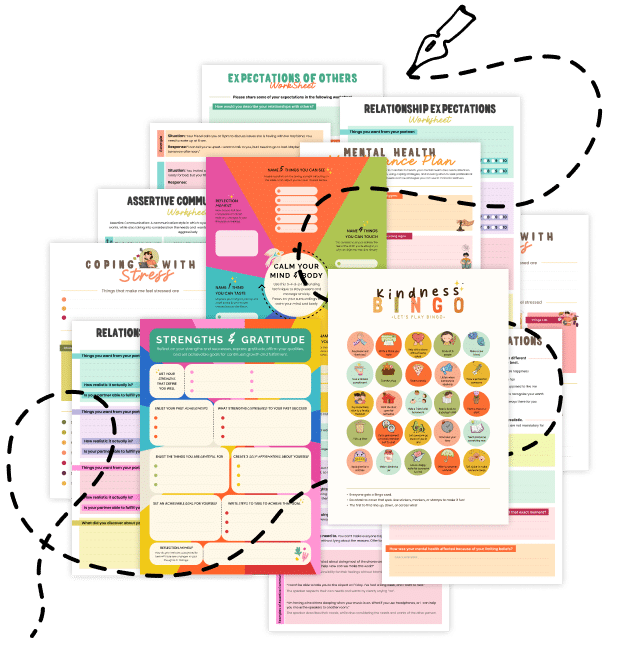20 Things You Should Know About Encoding Variability
Enhance your memory and learning efficiency by exploring these 20 insights on Encoding Variability—what it is, why it matters, and how it can boost your ability to recall information. Discover how varying the way you encode information can create richer memory networks and lead to more robust long-term retention.
1. What Is Encoding Variability?
Encoding variability is the process of learning information in multiple contexts or through different methods, which creates diverse memory traces.
2. Enhancing Memory Robustness
When you encode information in various ways, you build multiple pathways for retrieval, making your memory more resilient.
3. Boosting Retrieval Cues
Different encoding contexts provide a wider range of cues that can trigger memory recall, improving your chances of remembering the information later.
4. Reducing Context Dependency
By varying the learning environment or methods, you decrease the risk of relying too much on one context, making it easier to recall information in new situations.
5. Application in Study Techniques
Using a mix of study methods—such as reading, writing, discussing, and visualizing—can enhance encoding variability and lead to better retention.
6. Role in Skill Acquisition
When learning a new skill, practicing in different settings or using various tools helps you form a more flexible and adaptable memory of the skill.
7. Neural Mechanisms at Work
Encoding variability engages multiple neural circuits, which strengthens the network of associations and improves long-term memory storage.
8. Benefits for Long-Term Retention
The more varied your encoding, the more robust your memory becomes, resulting in improved retention over time.
9. Reducing the Forgetting Curve
By diversifying your study methods, you create multiple access points for the information, which can slow down the natural process of forgetting.
10. Improving Transfer of Knowledge
Encoding information in different ways not only helps with recall but also facilitates applying learned knowledge to novel situations.
11. Multisensory Learning Advantage
Using multiple senses during learning—such as combining visual and auditory inputs—creates richer memory traces and enhances encoding variability.
12. Breaking Routine for Better Memory
Changing up your study environment or techniques can prevent the monotony that sometimes hinders effective encoding.
13. Real-World Applications
Encoding variability isn’t just for students; it’s also valuable in professional training and everyday problem-solving, where adaptable memory is key.
14. Encouraging Creative Thinking
When your brain encodes information in various ways, it’s more likely to form unique associations that boost creativity and innovation.
15. Overcoming Memory Interference
Multiple encoding paths help you overcome interference from similar information, as there are more retrieval cues to distinguish the memories.
16. Role in Adaptive Learning
Embracing encoding variability supports a dynamic learning process, enabling you to adjust to new challenges and continuously update your knowledge.
17. Enhancing Exam Performance
Studies suggest that learners who use varied study methods tend to perform better on exams because they can recall information more flexibly.
18. Designing Effective Study Sessions
Incorporate varied activities—such as group discussions, flashcards, and hands-on exercises—to maximize your encoding variability during study sessions.
19. Personalizing Your Learning Strategies
Everyone’s brain is unique; experiment with different techniques to discover which combinations of encoding strategies work best for you.
20. Related Topics to Explore
- Context-Dependent Memory – Learn how environmental cues affect the way you recall information.
- Spacing Effect – Discover how distributing your study sessions over time enhances retention.
- Interleaving Practice – Explore how mixing different topics during study sessions improves long-term learning.
- Active Recall vs. Passive Review – Understand the benefits of actively retrieving information versus simply re-reading it.
- Memory Reconsolidation – Delve into how reactivating and updating memories can strengthen learning.
Quick Tips to Boost Your Encoding Variability
- Mix Up Your Study Methods: Alternate between reading, discussing, writing, and visualizing information.
- Change Your Environment: Try studying in different locations to create varied contextual cues.
- Use Multiple Senses: Incorporate audio, visual, and kinesthetic elements into your learning sessions.
- Space Out Your Learning: Use spaced repetition to review material over different intervals.
- Test Yourself Actively: Regularly quiz yourself to reinforce the various memory traces you’ve formed.
Embrace these insights and tips to harness the power of Encoding Variability, empowering you to build more flexible, resilient, and effective memories for lifelong learning and success!


